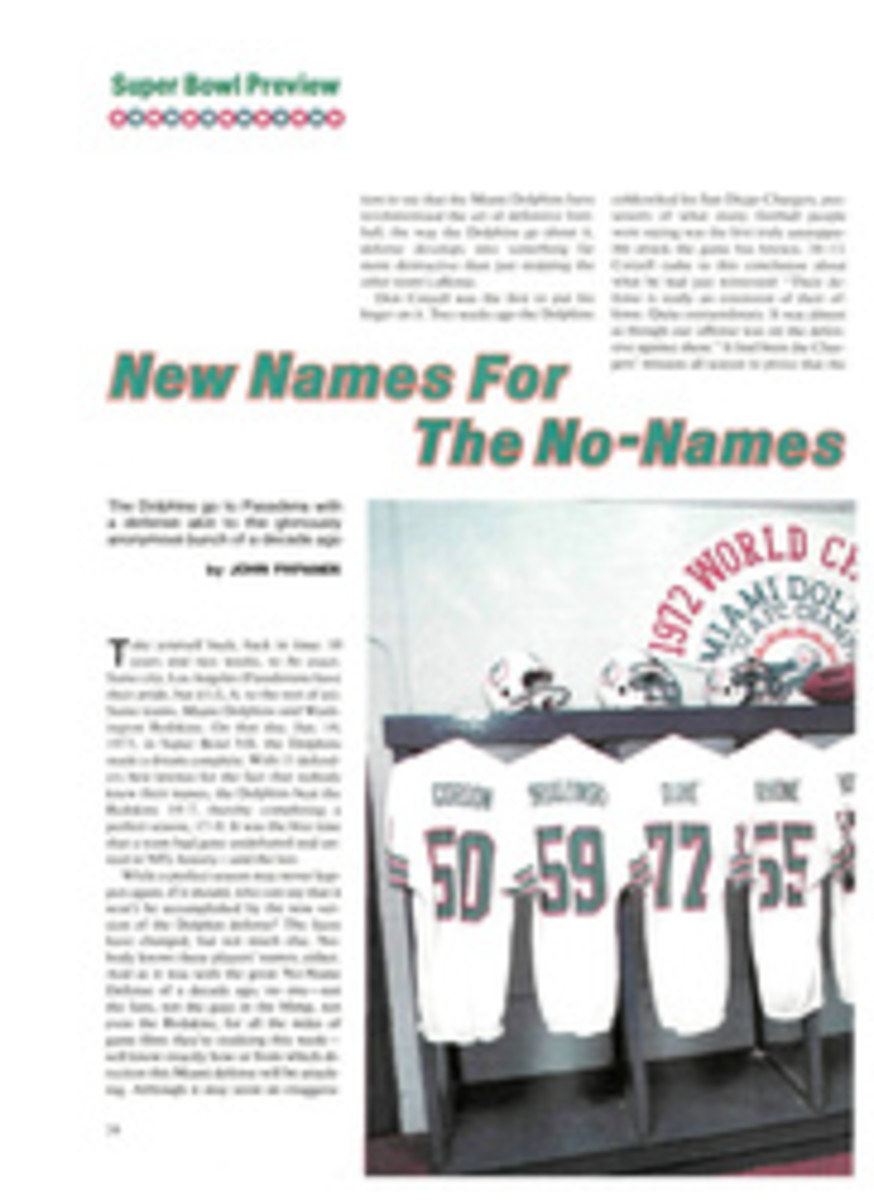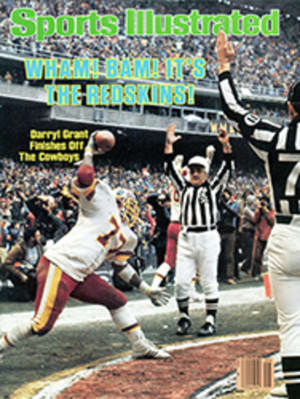
LETTER FROM THE PUBLISHER
A year ago Walter Edmonds was asked to give a talk. As he usually does, he told a tale instead, and thus was born the family-and-fish story that begins on page 40. It's fortunate that he preserved his hero trout in prose, because it met no poetic end in fact. "I ate him the next day," Edmonds says. "He wasn't too terribly good, either."
Though Edmonds has been telling fish yarns for years, it has been only in his later life—he turns 80 this summer—that he has begun dealing with his sometimes difficult youth. "I was undersized and lazy," he recalls, "and my father was a very dynamic and overbearing sort of person. I don't think he understood children." The youthful Edmonds became something of a loner, and because the family farm in Boonville, in upstate New York, was heavily forested, a young loner quite logically became a young naturalist. From the Boonville woods came The Biography of a Great Horned Owl, which Edmonds wrote while in grade school.
That writing about nature preoccupied the teen-aged Edmonds only served to heighten familial conflict. "My father resisted my becoming a writer, even when I got to college," he says. Resistance ended with his father's death during Edmonds' sophomore year at Harvard. After graduating in 1926 he returned to Boonville and writing about rural New York, becoming noted as an American regionalist. His stories set along the Erie Canal gained him praise, and in 1936 Drums Along the Mohawk gained him fame. The bestselling novel became a big movie—"I thought it was a bad film," the author observes—and Edmonds became a celebrity. There were a few more years of successful writing, and then, just after World War II, "I went through an 11-year drought. I worked every day but couldn't write a thing that was very good."
Still, in 1939, an astute editor at Dodd Mead had decided that several of Edmonds' Saturday Evening Post stories would make good reading for children, and at her urging in 1941 he published The Matchlock Gun, which won the John Newbery Medal for children's literature. In 1956 he broke through his postwar block with other books specifically for the young, and in 1976 he won a National Book Award for Bert Breen's Barn.
Edmonds lives today in Concord, Mass. with his wife, Katharine, who's a toleware artist. Their studies are adjacent on the second floor of their 113-year-old colonial house; "When we want to communicate we just yell," says Edmonds. Quieter times are spent gardening or simply sitting in the backyard, which slopes gently to the Sudbury River. On summer evenings the Edmondses repair to the patio to watch the ducks and wait for "our old friend. We've got a five-pound smallmouth bass living right over there. Every now and then he has an evening when he feels he's really going to put on a show. It's fun to hear him jump." Two heart attacks have ended Edmonds' fishing days, and so the bass swims on. "We hope to see him this summer," he says. "It's just as well I don't fish anymore—he's safer when I'm in the garden."
PHOTO
AUTHOR EDMONDS: DRUMS ALONG THE SUDBURY

